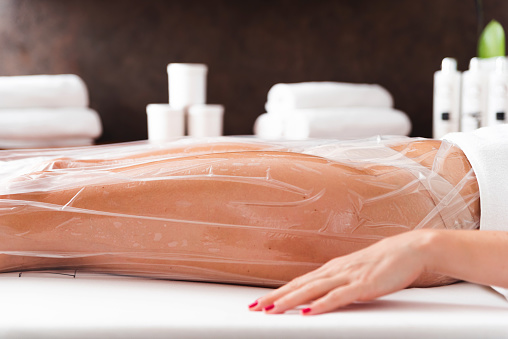The amount of weight lost with body contouring procedures can vary depending on the specific procedure, the individual’s starting weight, and their overall goals. It’s important to note that body contouring procedures are not designed for weight loss, but rather to improve the shape and tone of the body by removing excess skin and fat.
For example, liposuction, a common body contouring procedure, typically removes between 2 and 5 pounds of fat. Tummy tucks can remove several pounds of excess skin and fat from the abdominal area, while thigh lifts and arm lifts may remove a few pounds of excess skin and fat from these areas. The amount of weight lost can also depend on how much excess skin and fat a person has to begin with.

It’s important to remember that body contouring is not a substitute for weight loss and is not a solution for obesity. Maintaining a healthy diet and exercise regimen are essential for achieving long-term weight loss and maintaining a healthy body weight.
Should I lose weight before body contouring?
Where does the fat go after body contouring?
Body contouring procedures like liposuction and tummy tucks remove excess fat and skin from specific areas of the body. The fat and tissue that are removed during these procedures are typically discarded as medical waste.
Once the fat cells are removed from the body, they cannot regenerate, and the remaining fat cells in the body can still grow larger if a person gains weight. So, it’s important to maintain a healthy diet and exercise regimen to avoid regaining weight after the procedure.
It’s also important to note that body contouring procedures do not prevent the accumulation of new fat in the treated areas or other parts of the body. So, while body contouring can provide significant improvements in body shape and contour, it’s not a permanent solution for weight management or a substitute for a healthy lifestyle.
How often should you do body contouring?
The frequency of body contouring procedures will depend on the individual’s goals, the specific procedure performed, and their body’s response to the initial procedure. Body contouring procedures are generally considered to be long-lasting, and in some cases, the results can be permanent.

Liposuction, for example, can provide long-lasting results if the patient maintains a stable weight after the procedure. Other body contouring procedures such as tummy tucks, thigh lifts, or arm lifts can also provide long-lasting results.
It’s important to note that body contouring procedures are not intended to be a substitute for weight loss or to treat obesity. A healthy lifestyle, including a balanced diet and regular exercise, is essential to maintaining the results of the procedure and avoiding the accumulation of new fat in treated areas or other parts of the body.
In general, it’s best to wait until you have reached a stable weight and have maintained that weight for some time before considering body contouring procedures. It’s important to consult with a board-certified plastic surgeon to determine the best course of action for your individual needs and goals. They can evaluate your health and provide recommendations on the timing of the procedure, as well as any necessary preparations.
What type of body contouring is best?
The best type of body contouring procedure for you will depend on your individual goals, body type, and the areas of your body that you want to improve. Some of the most common body contouring procedures include liposuction, tummy tucks, thigh lifts, arm lifts, and body lifts.
Liposuction is a popular procedure for removing excess fat from specific areas of the body, such as the abdomen, hips, thighs, and arms. It can be effective for people who have stubborn pockets of fat that are resistant to diet and exercise.
Tummy tucks can be effective for people who have excess skin and fat around the abdomen, which can be caused by pregnancy, weight loss, or aging. This procedure involves removing excess skin and tightening the abdominal muscles to create a flatter, more toned appearance.
Thigh lifts and arm lifts are often performed on people who have loose skin and excess fat in these areas, which can be caused by weight loss or aging.
Body lifts are designed to address multiple areas of the body at once, including the abdomen, hips, thighs, and buttocks. This procedure involves removing excess skin and fat from these areas, which can be caused by significant weight loss.
It’s important to consult with a board-certified plastic surgeon to determine the best course of action for your individual needs and goals. They can evaluate your health and provide recommendations on the most appropriate procedure to achieve your desired results.
